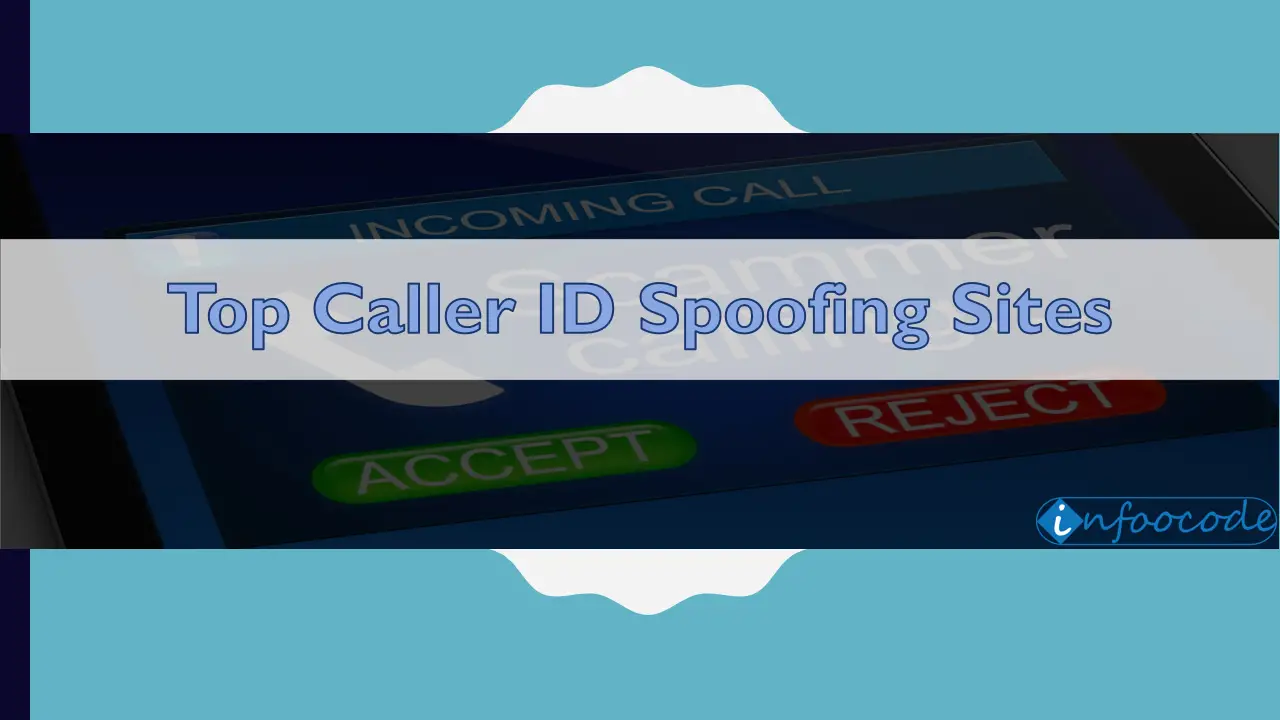
For example, spoofers will use the power of automated, recorded robocalls to target a much wider audience of potential victims, and often run several different fraudulent schemes at the same time to diversify their criminal activity. Unfortunately, widely available digital communications technology has made phone spoofing cost-effective for scammers. Even victims who call the caller back will get a legitimate recorded message from that agency or institution. Spoofers can enter the phone number for the FBI, local Police Department or bank branch - even public charities such as the American Red Cross - and that number will appear on your phone’s caller ID.


Receiving calls from a friend or spouse’s phone number when your friend/spouse is with you and is not calling you.Verizon offers these common examples of spoofing :

In a spoofing call, the perpetrators use simple application software installed on their cell phone or laptop that allows them to make outgoing calls appear to be coming from a legitimate source. It’s easy to see how the mechanics of these calls can be deceiving.

HOW SPOOFERS OFTEN STAY TWO STEPS AHEAD OF THEIR VICTIMS The scam is largely targeting women with lucrative careers that have an online presence.” According to the FBI alert, “ The scammers are using spoofed law enforcement phone numbers, along with the names, positions, and addresses of officers. In November 2021, the FBI’s Atlanta field office issued a phone scam alert that scammers were impersonating law enforcement, spoofing phone numbers of officers, and asking for payment for outstanding warrants or fines. Caller ID Spoofing Scams Prey on Trust to Steal InformationĬaller ID or phone spoofing is a phone scam whereby callers impersonate government officials, financial institutions, or legitimate companies by using fraudulent displays of phone numbers (or “spoofs”) to gain the victim’s trust and get them to disclose personally identifiable information (PII) or sensitive financial information.


 0 kommentar(er)
0 kommentar(er)
